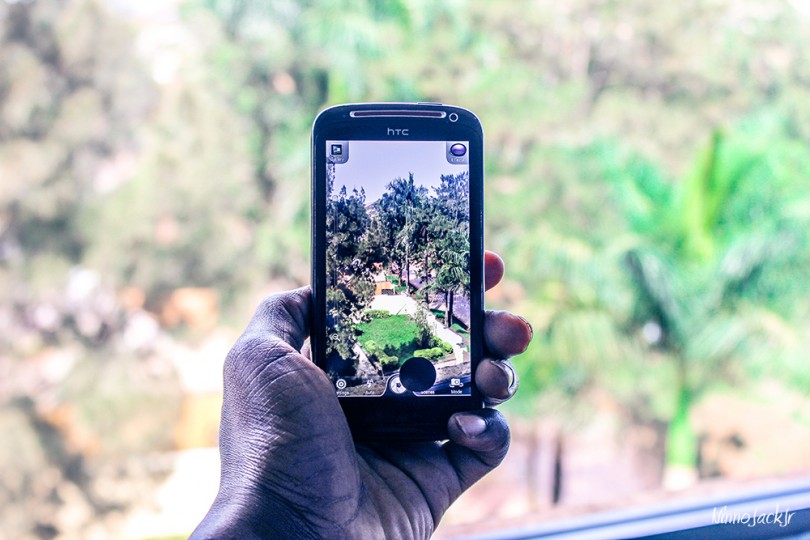A version of this post was originally published on the author’s personal blog, Pru’s Notebook on September 21, 2015.
Cell phone airtime has inevitably crept into the budgets of the 19.5 million people that subscribe to telecom services in Uganda. But what can airtime purchase data tell us about a community’s poverty levels?
As the United Nations sits down to figure out how they will achieve the Sustainable Development Goals (SDGs), private and public partners are rolling up their sleeves to see how they can help. To that effect, Pulse Lab Kampala is working with Airtel Uganda to offer real time analysis of telecom data that can assist with various development questions.
According to the UN Resident Coordinator in Uganda, Ms. Ahunna Eziakonwa-Onochie, “A data revolution is underway in Uganda. New technologies are leading to an exponential increase in the volume and types of data available, creating unprecedented possibilities for planning, measuring and achieving the new Sustainable Development Goals (SDGs) and Uganda can become a champion of data analytics using and leveraging data to create business opportunities.”
In a country with large information gaps about the population, one of the proxy indicators of poverty could be service fees for mobile phones and the amount of airtime purchased. Through such data the Pulse Lab Kampala project hopes to provide insights, predictive analysis and data visualizations that can support smarter service delivery for sustainable development.
Airtel has nine million subscribers whose information they can use to show which village “has more Arsenal supporters over Chelsea supporters.” In this case, they have decided to use the information to support development initiatives. For example, they could see if people in Bundibugyo have used less airtime compared to those in Masindi, in which case the conclusion might be that there are higher levels of poverty in Bundibugyo.
It sounds like a simple idea, but what about when there are promotions by telecom companies in a certain area and consumption is higher? What about those people that are earning transfer payments, such as students? How about those who are excited about their new phone and cannot stop calling all their relatives? How will the data discriminate in terms of gender and age? If in Bundibugyo subscribers use less airtime, how many are female and how many are male? And in what age groups?
The good news is that Pulse Lab Kampala is there to field questions like these. I cannot deny that this lab is a great initiative, which government agencies such as the National Development Authority will most definitely benefit from as they implement the Uganda’s National Development Plan and the Sustainable Development Goals.



Leave a Comment